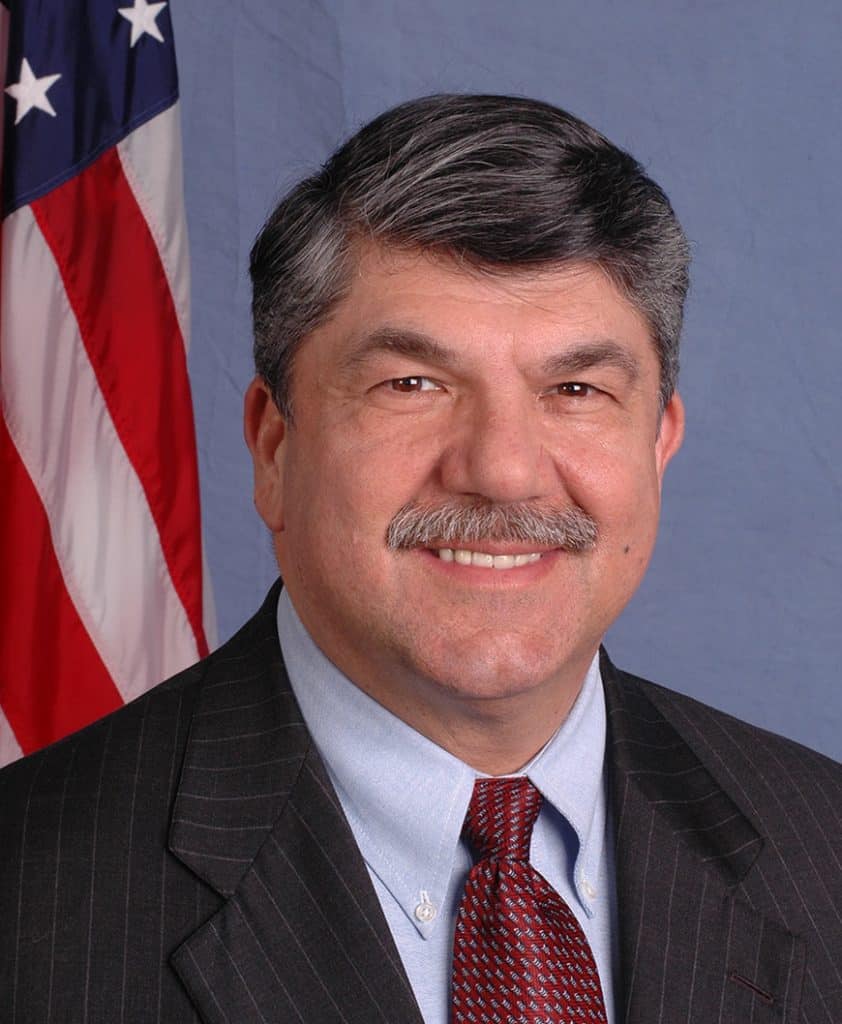by Trade Correspondent L.C.

Fifteen percent tariffs on tools, clothing, some footwear, and many electronics were imposed on China yesterday by the US, today’s Wall Street Journal reports. Additional 15% tariffs will be imposed on smartphones, laptops, toys, video games and other products starting on Dec. 15th. Consumers may soon be noticing increased retail prices.
China already on August 23rd announced its own retaliatory tariffs to also take effect on September 1st and December 15th. While the two sides remain in communication, no breakthrough is in sight.
President Trump has revealed his alarm over the ineffectiveness to date of his trade war and the mounting burden it is posing to the economy. On August 30th, he blamed US companies and the Fed for the problems provoked by his tariffs. Trading partners were blamed for the “too strong” dollar. (These were a consequence, in part, of his tariff war.) This lashing out appears to be pushing him toward any trade deal he could portray as a success — a mindset the Chinese appear to be aware of.
Critics of the president’s tariffs have put forward alternatives. These center on enlisting US allies to form a united front to pursue China using the World Trade Organization (WTO) dispute settlement process. This has been successful in the past. Most challenges to China’s practices have been upheld, and Beijing has a fairly good record of complying by making the WTO-recommended changes. For practices not now covered well under the WTO, the US could lead a push to strengthen the rules. Admittedly, dispute settlement takes a long time to reach a conclusion. Changing the rules may simply be impossible given the WTO’s consensus requirement. But just showing China it faces a unified opposition of major economies could induce it to change and strengthen reform forces within China.
Critics of the President’s trade policy also point out how, rather than seeking cooperation with allies to take on China, he is instead waging trade wars on the US’s closest friends. This gives China some breathing room and interferes with efforts to cooperate against it.
Even the usually protectionist head of the AFL-CIO, Richard Trumka, has joined the ranks of the president’s critics. He credits “Mr. Trump for ‘taking on China,’” the Wall Street Journal reports, but “unfortunately, he’s done it the wrong way….To take on China, there has to be a multilateral approach. One country can’t take on China to try to dry up its overcapacity because they just send it through to you in other ways.”
A different approach would be to put less emphasis on changing China’s behavior or holding back its development and instead focus on what the US government could do to facilitate more rapid development of advanced technology here – that is, to out-compete China. Rather than advocating government involvement with private companies, the idea would be to reduce the burdens government currently places on them through regulations and tariffs on their inputs.
It was superior US competition that ultimately brought the USSR down. Success depends, however, on the US economy staying out of recession. Current debt levels and asset bubbles could make that difficult, even if relief were to come on the trade front. It’s noteworthy that for the Chinese Communists, the 2008 US “Great Recession” marked a turning point — a justification for strengthening China’s state capitalism and centralizing power in President Xi.
Separately this week came a report, carried by Bloomberg and picked up by many other media, that the Administration is looking into whether US holders of Chinese bonds issued before the founding of the People’s Republic might be able to demand repayment from the Chinese government. The idea is that these claims on defaulted debt now worth over $1 trillion could be used as leverage in the trade fight, or to buy back China’s holdings of US debt.
President Trump could also make the strategic move of saying that his motivation for being tough on the present Chinese government is its threat to the freedom of Hong Kong, Taiwan, its own people, and the rest of the world.
August recess ends; USMCA still on hold
August is over and it does not appear that the White House and House Democrats have made the breakthroughs needed to bring the US-Mexico-Canada Agreement (USMCA) to a quick vote. So while there are still hopeful statements made about approval coming this fall, the situation remains uncertain.
The House USMCA working group set up by Speaker Nancy Pelosi to work on the four Democratic issues – labor, environment, enforcement, drug prices – did meet with the US Trade Representative (USTR) during the recess. However, the key Democratic concerns have not yet been adequately addressed.
AFL-CIO President Richard Trumka has put himself into the middle of the discussion. He spent part of August traveling to rust-belt states to pressure legislators to vote against the USMCA unless changes are made, and warned, “Without the support of the labor movement in the US, Mexico, and Canada, the new NAFTA will meet he same fate as the TPP.”
But Vice President Mike Pence and major business and farmer associations spent August lobbying intensively around the country to generate support for the USMCA. Some Republicans think that if the bill is brought to a vote in its current form, it would pass the House. It remains to be seen if members of Congress returning from a month in their districts will be more – or less – inclined to push the USMCA over the finish line.

Leave a Reply